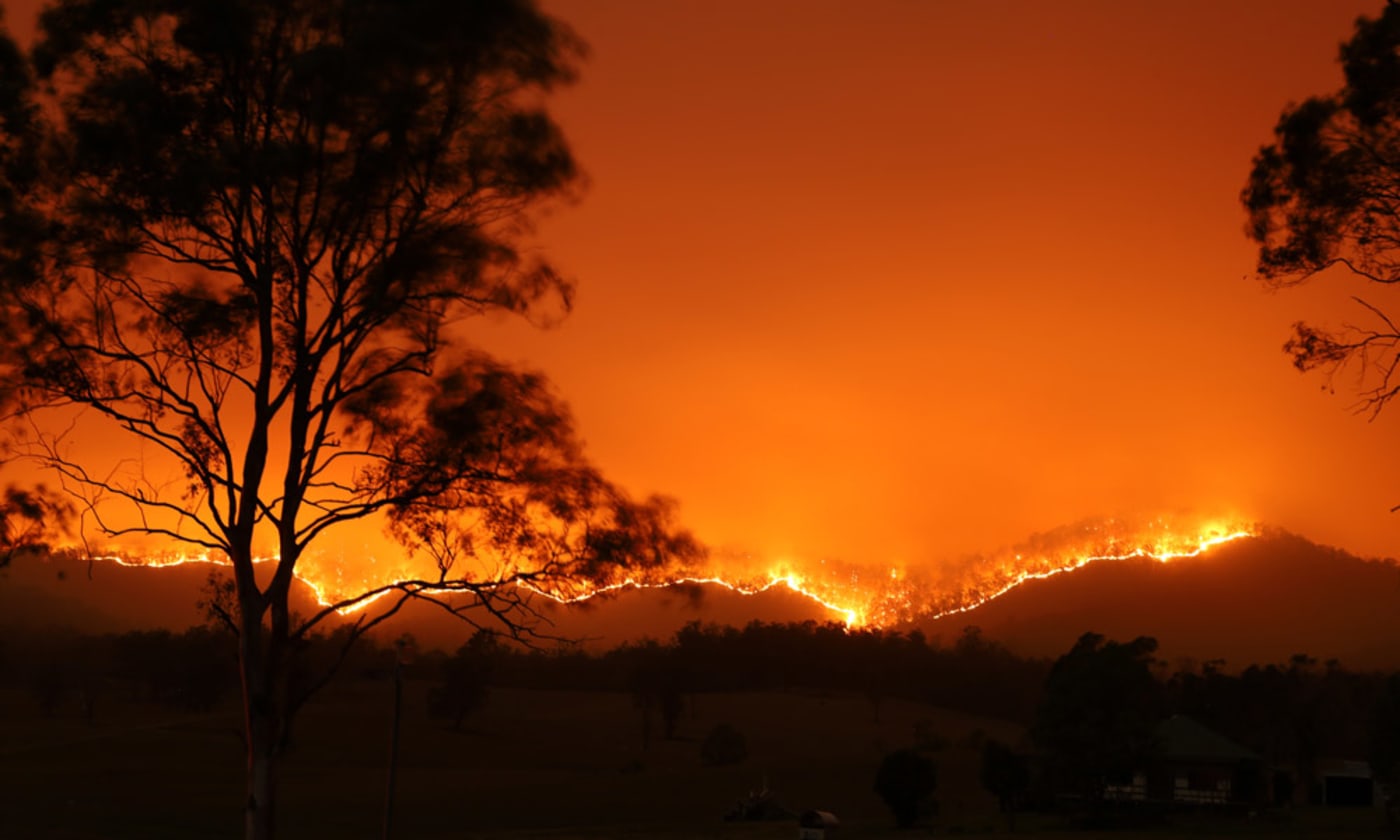Opening the Tricks of Bushfire Risk Evaluation: The Role of a BAL Report
Opening the Tricks of Bushfire Risk Evaluation: The Role of a BAL Report
Blog Article
Exactly How BAL Record Impacts Bush Fire Protection Steps
In the world of bush fire protection, the Structure Assault Level (BAL) record stands as an important device that significantly influences the safety and security and resilience of buildings in fire-prone areas - BAL Report. The influence of a BAL evaluation extends much past simple documents; it serves as the keystone for determining the ideal building and construction requirements and fire protection steps essential to minimize the dangers postured by bushfires. As communities come to grips with progressively extreme fire seasons, recognizing just how the BAL report shapes these safety procedures ends up being vital for homeowners, building contractors, and policymakers alike
Recognizing the Bushfire Strike Degree

Value of BAL Record Analysis

Additionally, the BAL record evaluation acts as a foundational action in abiding by legal obligations and demands connected to bushfire security. Local councils and authorities usually mandate the entry of a BAL record as part of the preparation and structure approval procedure to guarantee that buildings are effectively protected versus bushfire use this link dangers. Falling short to carry out a thorough BAL record assessment can result in insufficient protection steps, leaving buildings susceptible to ruining bushfire events.
Building And Construction Standards Based Upon BAL
A detailed understanding of the Bushfire Attack Degree (BAL) makes it possible for building proprietors to implement construction requirements customized to their certain threat profile. Building and construction requirements based upon BAL are essential in minimizing the influence of bushfires on buildings. The BAL rating classifies the potential threat a property faces throughout a bushfire on a scale from BAL-Low to BAL-FZ (Fire Zone) Each BAL degree represents particular construction needs described in the Australian Typical AS3959-2018 Building of Buildings in Bushfire-Prone Areas. Properties identified as BAL-Low might just call for fundamental measures such as getting rid of debris and keeping gardens, while those in higher BAL categories require even more durable actions like cinder displays, fireproof products, and secured windows. Complying with these building and construction requirements not just enhances the structural durability of the property but additionally enhances the overall security of homeowners throughout a bushfire occasion. Property proprietors must carefully consider their BAL ranking and comply with the equivalent construction criteria to effectively guard their homes and occupants.
Applying Fire Protection Procedures
With the structure of construction requirements based on Bushfire Strike Level (BAL) in position, the emphasis currently moves towards the practical implementation of fire security actions to fortify residential or commercial properties versus bushfire dangers. Implementing fire security steps includes a combination of passive and active techniques to improve the strength of buildings in bushfire-prone areas. Passive actions consist of making use of fireproof structure materials, setting up ember guards on vents, sealing voids in roofs and wall surfaces, and maintaining a clear room around the residential property devoid of flammable greenery. Energetic procedures encompass having firefighting tools conveniently available, such as tubes and water pumps, along with creating a defendable room around the building by removing plants and having a well-maintained yard. Furthermore, developing an evacuation strategy and ensuring all residents are mindful of emergency situation treatments are critical components of reliable fire protection actions. By integrating both passive and energetic techniques, residential properties can dramatically minimize their susceptability to bushfire events and increase the safety and security of residents.
Safeguarding Residences Versus Bushfires
Successfully guarding homes versus the devastating influences of bushfires calls for a extensive and aggressive method to fire protection steps. In this website addition, securing vents and spaces to protect against coal intrusion, as well as including fire-resistant doors and windows, can aid strengthen the home's defense against bushfires. By embracing a positive stance and integrating these protective procedures, home owners can substantially boost their opportunities of securing their homes against bushfires.
Final Thought
In final thought, the Bushfire Strike Level (BAL) report plays a crucial role in establishing the necessary security actions against bushfires. Carrying out fire security actions based on the BAL report is essential in securing properties from prospective bushfire risks.
In analyzing bushfire threat to homes, understanding the Bushfire Strike Level (BAL) is a critical part for carrying out efficient security measures. In general, a clear understanding of the Bushfire Assault Level is vital for applying ample protection steps and reducing the impact of bushfires on residential properties.

Report this page